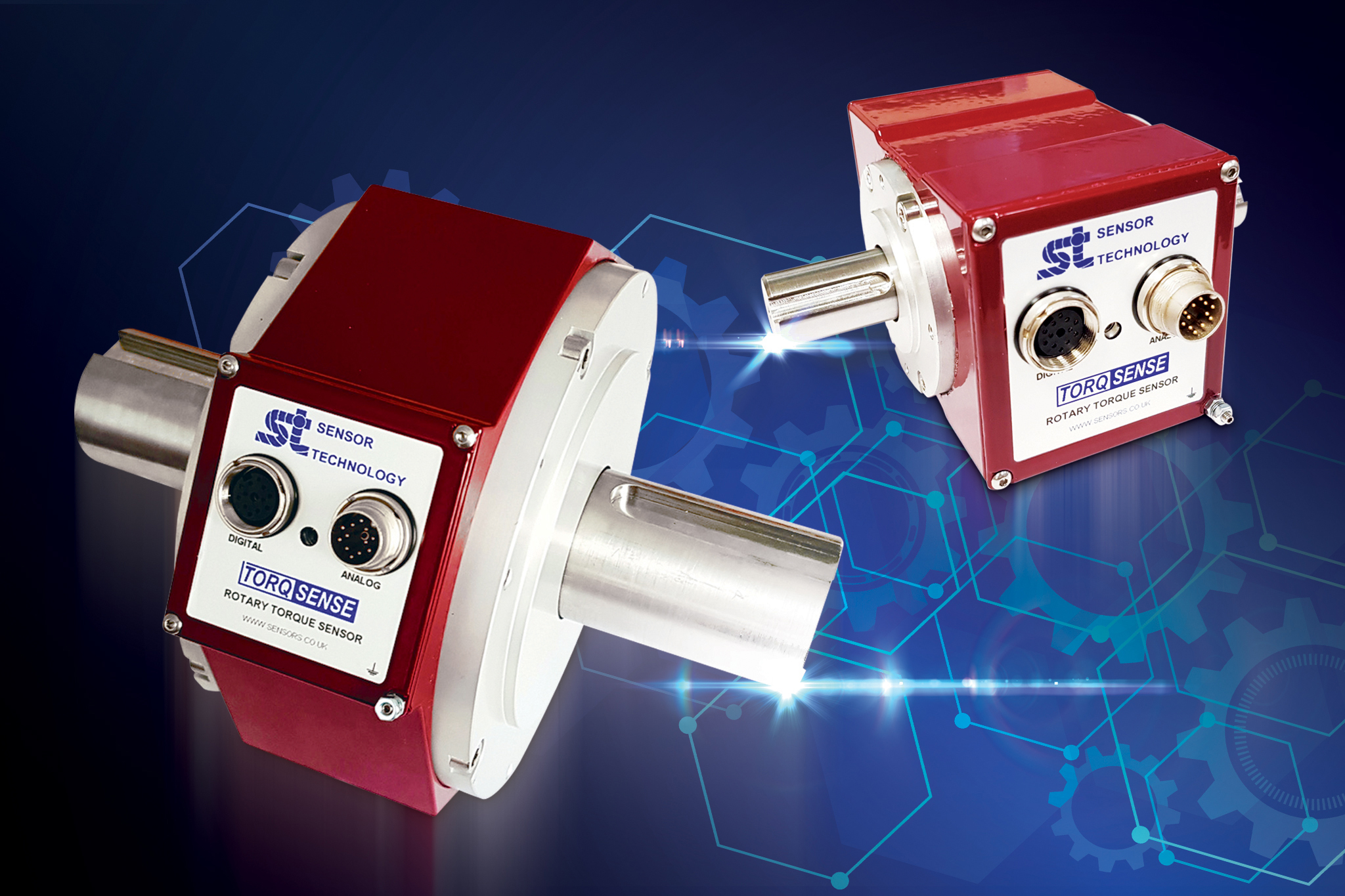Torque sensor with separate sensing head can probe deep into machinery
Sensor Technology has expanded its latest range of torque sensors with a model featuring separate housings for the sensing head and electronics. This innovation offers two key advantages: the compact sensing head can fit into tight spaces, while the electronics can be positioned to safeguard against physical damage, dust, moisture, electromagnetic forces, and other environmental factors. The new TorqSense SGR530/540 series operates on the same principle as its predecessors, the SGR510/520 units, utilising a full four-element strain gauge bridge. This setup incorporates four individual strain gauges attached to the drive shaft, each measuring the shaft's deflection in a different direction during rotation under load. The electronics collect readings from all four gauges and compute the torque value. Sensor Technology introduced the TorqSense SGR510/520 range in 2020 as a successor to its RWT range, which employed surface acoustic wave (SAW) measurement and detection. With over forty years of expertise in real-time torque measurement, Sensor Technology has been at the forefront of wireless technology development, replacing delicate and unreliable slip rings with radio frequency pickups. Originally available in sizes up to 500Nm, the SGR sensors garnered significant interest, prompting the earlier-than-planned release of larger sizes up to 13,000Nm in December 2020. Mark Ingham of Sensor Technology notes, "Our experience with the RWT enabled us to expedite the development of the new SGR models, allowing us to respond swiftly to specific user inquiries and accelerate model launches." The new range addresses emerging user demands, particularly the need for accurate recording of transient torque spikes. Previously, transducers lacked the bandwidth to capture these spikes effectively, but advancements in automation and the growing emphasis on accurate data necessitate more detailed measurement and analysis. Mark explains, "A single spike could indicate an incorrect ingredient amount or an oversized workpiece, affecting product quality. Detecting a series of spikes can alert plant engineers to potential machinery issues." The SGR510/520 series utilises an ultra-miniature microcontroller mounted on the rotor, powered by an inductive coil, to measure differential values in each strain gauge and transmit them digitally back to the stator via the same coil. These transducers offer high bandwidth, low-cost torque measurement with high overload capabilities, compensating automatically for extraneous forces and boasting high sensitivity and wide temperature tolerance. Key advantages of the SGR range include noise elimination associated with slip rings and hard-wired solutions, a 400% mechanical overload limit with precise torque measurement even at extremes, and multipoint calibration to eliminate linearity errors. All units maintain accuracy within +/-0.1% and resolution within +/-0.01% of the transducer's full scale, with additional features including adjustable moving average filters, various power supply options, and multiple communication interfaces. Mark highlights, "Like the RWT sensors, the new SGRs can digitally integrate with TorqView software and LabView virtual instruments."
Visit the Sensor Technology Ltd website for more information on Torque sensor with separate sensing head can probe deep into machinery




